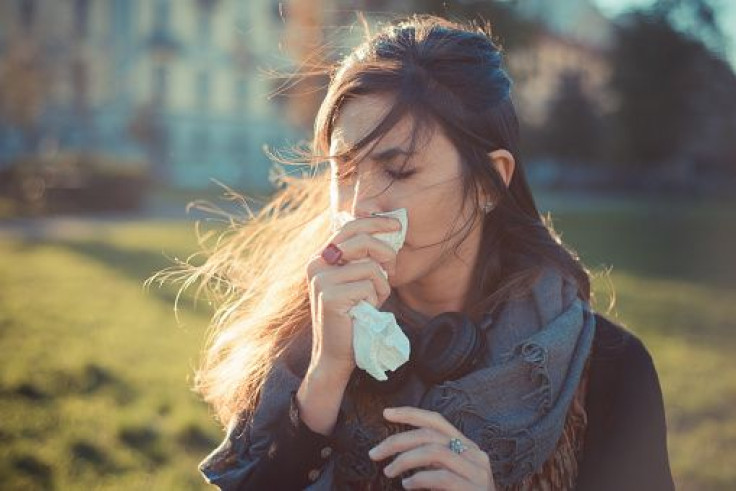Human Superpower? People Can Identify Sick Individuals By Just Looking At Faces

Some doctors seem to have superpowers when it comes to identifying small illnesses just by looking at a patient. It turns out you don’t need to go to a medical school to do that. A new study says that humans have the inherent talent of spotting sick people just by looking at their photo.
The study showed that human beings can detect sick people using subtle visual cues on their faces. The researchers said they could’ve developed this skill as a defense against diseases by limiting exposure to sick people.
"An ability to detect sick people would allow people to avoid being close to sick people, and hence minimise the risk of becoming sick if the person is a carrier of contagious disease," study co-author John Axelsson of Stockholm University was quoted in a AFP report.
The research team used 16 healthy volunteers, all Caucasians, aged between 19 and 34, as the study group and then subjected them to a shot of lipopolysaccharides (LPS), which is a sterile molecule taken from bacteria that can induce symptoms of flu-like illnesses in subjects for a short period.
After the LPS shot, some of the participants "felt very sick and others did not feel much sick at all" when their photo was taken, Axelsson said. This was because of the strength of immune responses of each test subject.
The LPS molecules have no live bacteria and are not dangerous to the test subjects. In fact, it is commonly used in controlled hospital test groups to study peoples’ immune responses and other clinical trials. The injection induces a strong immune response and flu-like symptoms that lasts just a few hours, making it perfect for the study.
Photos of the 16 participants were taken two hours after the injection was administered and documented. The idea was to shoot photos of the participants looking healthy, then capture the same people looking sick — and then see if observers of the photographs could tell the difference. They could, but not always.
The same 16 people were injected with a placebo on another day. This was an injection with no symptoms inducing molecules and would not illicit a white blood cell revolt. The two sets of photos were then shown to 62 neutral observers to see if they could tell the difference in the same person. The observers were asked to rate every picture they saw on a scale of how sick they thought the person was when the picture was clicked.
The team collected a total of 2,945 ratings for the 32 different photos. The results showed them that the observers rated 41 percent of the images as sick. The team already knew that 50 percent of the photos were ‘sick’ at the time. The observers got it right 775 times and wrong 440 times in the case of the pictures where the subjects were sick.
The team also noted that of the 16 subjects, the observers could accurately distinguish the sick and healthy pictures for 13 subjects. This meant that in 13 of the 16 people, there was a stark difference in the two images, prompting the team to note that this was not by chance. An 81 percent success rate was at a rate higher than predicted by pure chance alone.
The study concluded that "humans have the ability to detect signs of illness in an early phase after exposure to infectious stimuli."
The giveaway cues were identified to be the most physically obvious, such as having paler lips and skin, a more swollen face, droopier mouth corners and eyelids, redder eyes, and duller, patchier skin. The finding could "help medical doctors and computer software to better detect sick people," said Axelsson — a potentially valuable diagnostic tool in a disease outbreak.
The study was published in the journal Proceedings of the Royal Society B.
© Copyright IBTimes 2024. All rights reserved.











